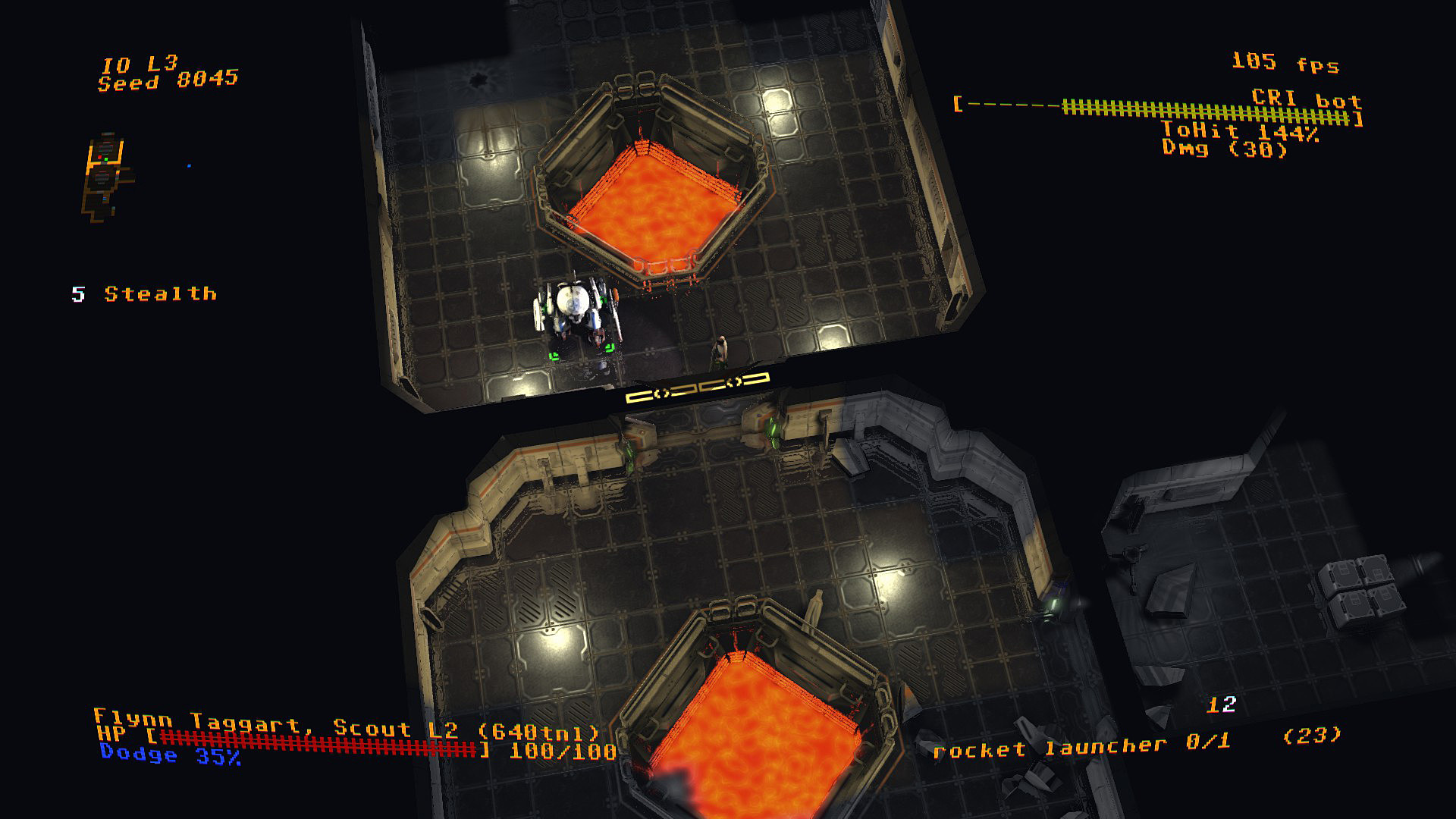

The video hardware was also very hackable, with all sorts of tricks possible to produce effects that were way beyond what the designers imagined. For example, "speed code" is where instead of storing data separately in RAM it's directly inserted into the machine code instructions as immediate operands. Compilers were expensive and almost exclusively had to run on more powerful machines for cross-compilation, so most software was written in BASIC or assembler.Īll sorts of tricks were developed to make the most of this limited CPU power. It had a few tricks like the zero page, which gave it 256 fairly fast register-like bytes of RAM to play with.

But it had to share the memory bus with the video chip, so it couldn't make use of every cycle, and of course there were no caches or anything like that. An interesting bit of trivia, the C64 was where the iconic "fake chord" was invented, where two or three notes are played in quick succession on a single channel to make up for the lack of greater polyphony.
#Jupiter hell numpad movement how to#
Musicians were coders as well, and of course as well as figuring out how to make the chip produce those sounds they had to fit it all within the limited memory and CPU power available. The sound chip, for example, could produce some amazing output but had to be programmed directly. You can see this by comparing early and late C64 games the difference is incredible, you wouldn't think they were the same machine. The hardware was powerful but needed a lot of skill to get the most from. The C64 is one of the most interesting machines ever made.


 0 kommentar(er)
0 kommentar(er)
